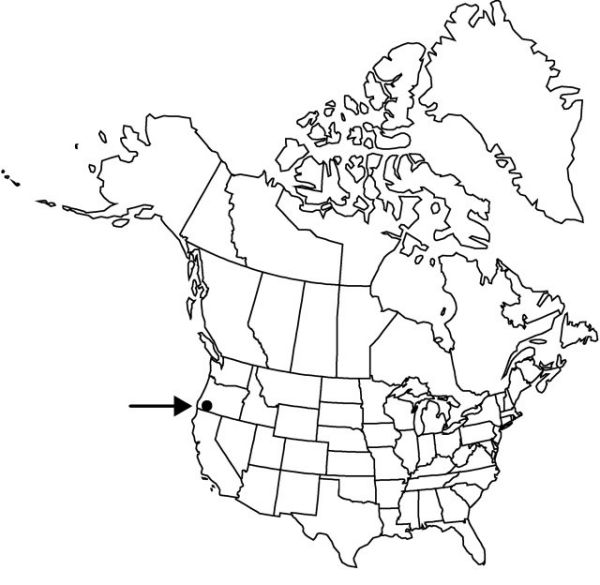Difference between revisions of "Camassia howellii"
Proc. Amer. Acad. Arts 25: 135. 1889.
Common names: Howell camas
EndemicConservation concern
Synonyms: Quamasia howellii (S. Watson) Coville
FNA>Volume Importer |
imported>Volume Importer |
||
| (2 intermediate revisions by 2 users not shown) | |||
| Line 8: | Line 8: | ||
}} | }} | ||
|common_names=Howell camas | |common_names=Howell camas | ||
| + | |special_status={{Treatment/ID/Special_status | ||
| + | |code=E | ||
| + | |label=Endemic | ||
| + | }}{{Treatment/ID/Special_status | ||
| + | |code=C | ||
| + | |label=Conservation concern | ||
| + | }} | ||
|basionyms= | |basionyms= | ||
|synonyms={{Treatment/ID/Synonym | |synonyms={{Treatment/ID/Synonym | ||
| Line 51: | Line 58: | ||
|publication title=Proc. Amer. Acad. Arts | |publication title=Proc. Amer. Acad. Arts | ||
|publication year=1889 | |publication year=1889 | ||
| − | |special status= | + | |special status=Endemic;Conservation concern |
| − | |source xml=https:// | + | |source xml=https://bitbucket.org/aafc-mbb/fna-data-curation/src/2e0870ddd59836b60bcf96646a41e87ea5a5943a/coarse_grained_fna_xml/V26/V26_602.xml |
|genus=Camassia | |genus=Camassia | ||
|species=Camassia howellii | |species=Camassia howellii | ||
Latest revision as of 22:16, 5 November 2020
Bulbs sometimes clustered, ovoid, 1.5–3 cm diam. Leaves 4–7, 2–6 dm × 5–12 mm. Inflorescences 15–40 cm; sterile bracts 0, bracts subtending flowers shorter than or equaling pedicel. Flowers actinomorphic; tepals connivent over capsules after anthesis, deciduous as capsules develop, deep bluish violet, each 3- or 5-veined, 10–20 × 3–5 mm; anthers yellow, 2.5–3.5 mm; fruiting pedicel spreading, 15–25 mm. Capsules deciduous, shiny green, subglobose, 5–10 mm. Seeds 2–5 per locule. 2n = 30.
Phenology: Flowering late spring.
Habitat: Wet meadows
Elevation: 200–400 m
Discussion
Of conservation concern.
Camassia howellii flowers one to two weeks later than sympatric populations of C. leichtlinii.
Selected References
None.
Lower Taxa
None.
